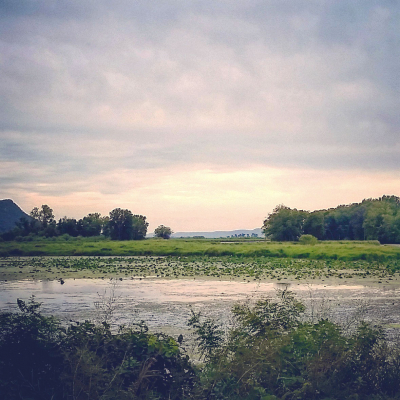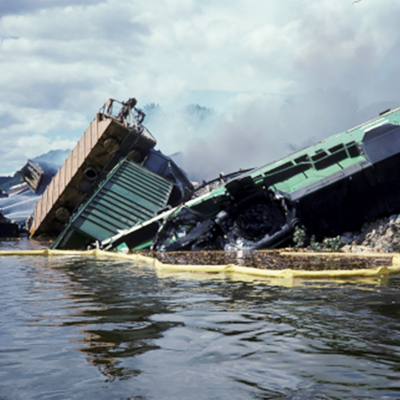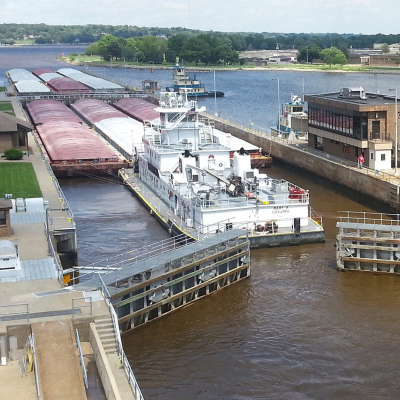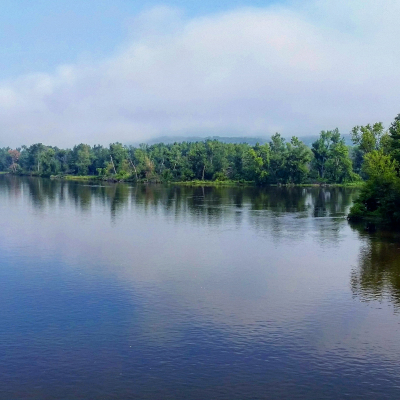The Upper, Middle, and Lower Impounded pools of the Upper Mississippi River are near desired conditions, suggesting that most future management actions could focus on curbing the rate of ecosystem degradation and working to maintain existing conditions in the face of future disturbances and stressors. The open water area in the Lower Impounded Pools was ranked as the most important indicator and deviated from desired conditions. Hence, future actions in this reach could focus on modifying rates and directions of water movement and connectivity. The Open River reach and the Illinois River had several indicators that substantially deviated from desired conditions and may merit actions to improve.
Habitat Needs Assessment II
- "Indicators of Ecosystem Structure and Function" details a set of indicators that quantify both essential ecosystem characteristics and characteristics of a resilient river system. The indicators documented in this report focus on important aspects of river floodplain hydrogeomorphology, given the fundamental role hydrogeomorphology plays in determining habitat conditions and ecosystem health and resilience at broad geographic scales. The information contained within this report provides a broader scale (for example, systemwide) context for management decisions in more localized areas.
- "Management Perspectives" identified clear differences in the importance of different indicators and their proximity to desired conditions among navigation pools and clusters of navigation pools within the Upper Mississippi and Illinois Rivers, suggesting that a ‘one size fits all’ management approach to the UMRS is untenable.
Habitat Needs Assessment 2000 (External Link)
- Over time, the landscape, land use, and hydrology of the Upper Mississippi River and its basin have changed. Much of the grasslands, wetlands, and forests have been converted to agriculture use, which now accounts for 50 percent of the floodplain. Impoundment, channelization, and levee construction have altered the hydrologic regime and sedimentation patterns, resulting in loss of backwaters, islands, and secondary channels. While future changes in broad geomorphic features are expected to be relatively small, habitat degradation is expected to continue. There is a broadly recognized need among resource managers and scientists for improved habitat quality, increased habitat diversity, and a closer approximation of pre-development hydrologic variability.




